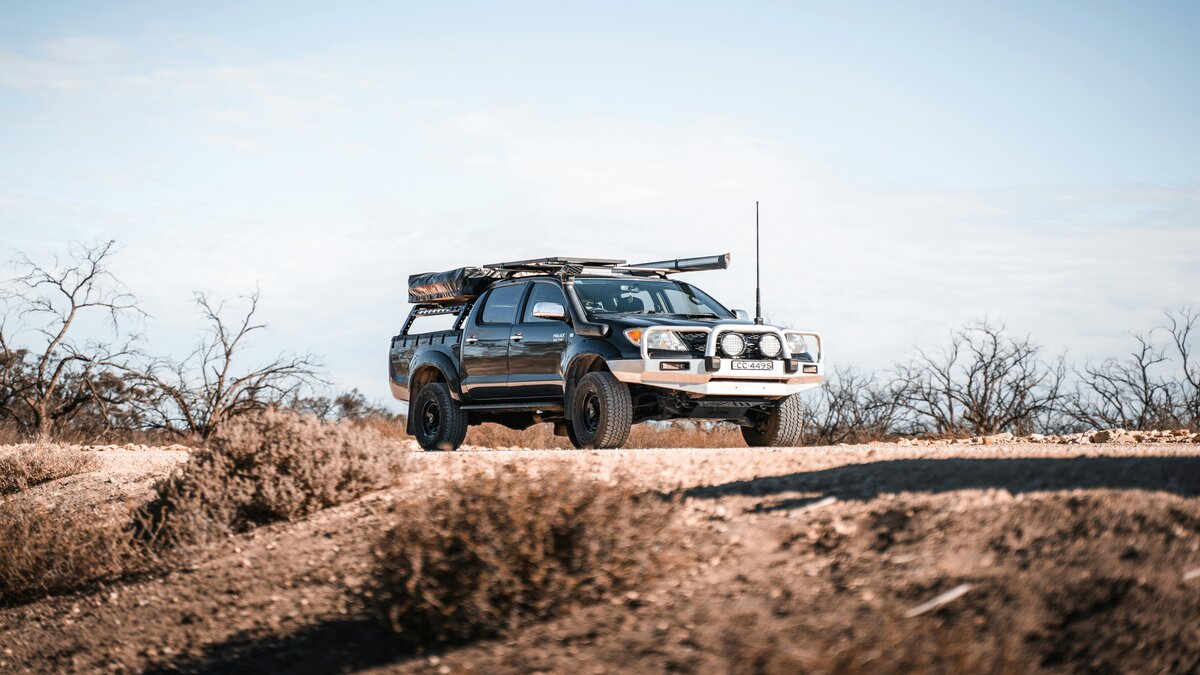The federal government says its proposed New Vehicle Efficiency Standard (NVES) is designed to bring Australia in line with other developed countries around the world.
Under its preferred option, there will be no restrictions on what cars can and can’t be sold, but car manufacturers will be responsible for selling cleaner vehicles to Australia, or face penalties.
The government is aiming to bring in the new standard by 2028.
But what about utes?
In a Senate Estimates committee hearing on Wednesday, Nationals Senator Bridget McKenzie put to Treasury Secretary Stephen Kennedy the vehicles the government wanted were not the cars “Australians could afford or wanted to buy”.
Australia’s new car sales are dominated by large utes.
Of the top 10 models sold in 2023, utility vehicles filled the top three spots with SUVs taking up another five rankings.
Tesla’s Model Y was the only electric vehicle in the top 10, coming in at number six, however electric vehicle sales are making up a larger proportion of all vehicles sold.
Bringing new car technology to Australia
Dr Kennedy told the committee hearing he did not foresee any issue with a small market like Australia moving to the new standards in a relatively short time frame.
“Our fuel efficiency standards globally, as I understand it, are far from comparable countries so the opportunity to move to those quickly would seem to me to be readily apparent because there’s very significant global supply of these vehicles that other countries are clearly able to get to,” Dr Kennedy said.
Under the proposed efficiency standards, carmakers are still able to sell such vehicles in Australia, but they will be incentivised to make them more efficient.
The global picture
Economist Peter Martin, a visiting fellow at the Crawford School of Public Policy at Australian National University, found vehicles sold in the US and other developed countries have advanced emissions technologies not generally offered in Australia.
He said this is because efficient vehicles are prized in other overseas markets as they are needed to balance up the sales of less efficient vehicles, so they are diverted there.
The United States has had fuel efficiency standards in place since 1975 while Europe introduced its scheme in 2009. Japan and China also have similar fuel efficiency schemes.
Mr Martin cited Volkswagen Group’s Australia chief Michael Bartsch, who says it makes Australia "a dumping ground" for older and less efficient vehicles.
So will the price of a ute go up?
The federal government’s consultation paper says the evidence shows no or negligible price impact on vehicles under the proposed changes.
Mr Martin said a US analysis of car prices from 2003-2021 found “no systemic, statistically significant increase in inflation-adjusted vehicle prices” over two decades of tightened standards there.
However, over that period, fuel economy improved 30%.
Biggest savings on fuel
“For motorists, the biggest benefit is fuel savings – calculated at $107 billion between now and 2050,” Mr Martin said.
“Against that sit vehicle technology, electricity and battery replacement costs of half as much, leaving motorists a long way ahead.
“Common sense suggests it’ll make the price of gas guzzlers somewhat more expensive and lean, fuel-efficient machines less expensive as carmakers adjust the mix of what they are trying to sell.”
Savings by the numbers
Australian passenger cars on average use 20% more fuel than passenger cars in the US, Mr Martin's study found.
And that isn’t only because Australians like their utes and SUVs. In both Australia and the US, utes and SUVs account for roughly four out of every five new light vehicles sold.
Apart from fuel savings, the study also found new utes and SUVs sold in Australia produce on average 24% more emissions than those sold in the United States.
New smaller cars sold in Australia produce 31% more.
The federal government will take submissions on its New Vehicle Efficiency Standard proposal until 4 March.
Image by Louis Magnotti on Unsplash



 Denise Raward
Denise Raward
 Harry O'Sullivan
Harry O'Sullivan

 Aaron Bell
Aaron Bell
 Harrison Astbury
Harrison Astbury

